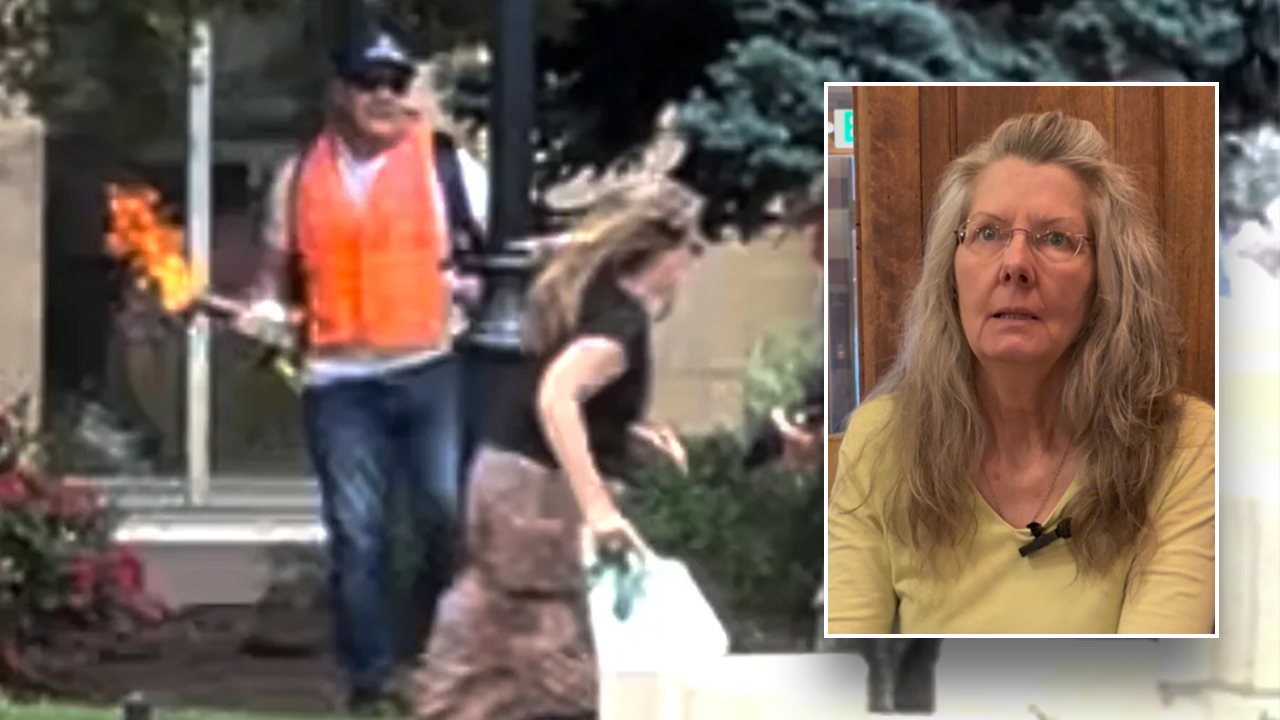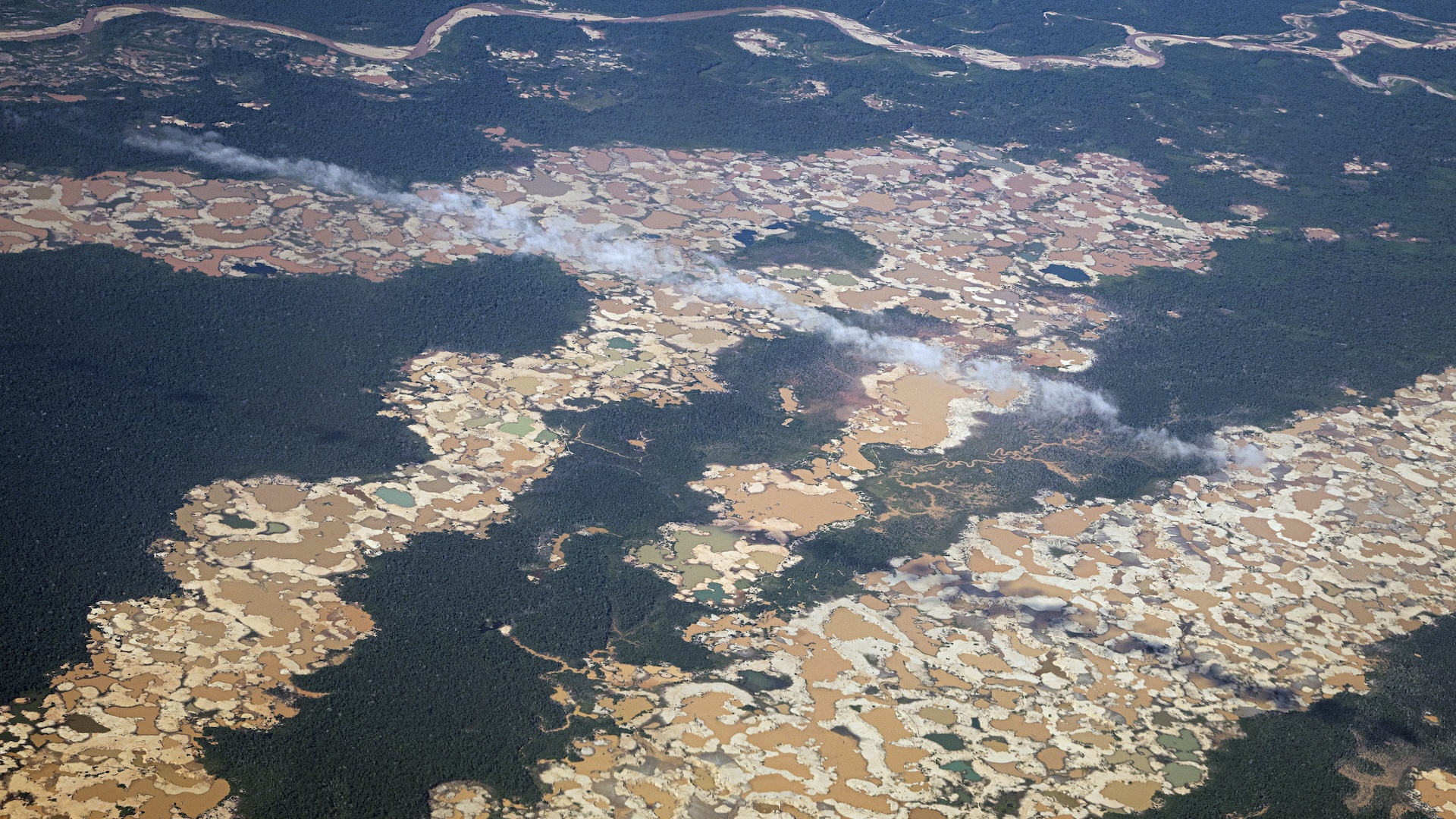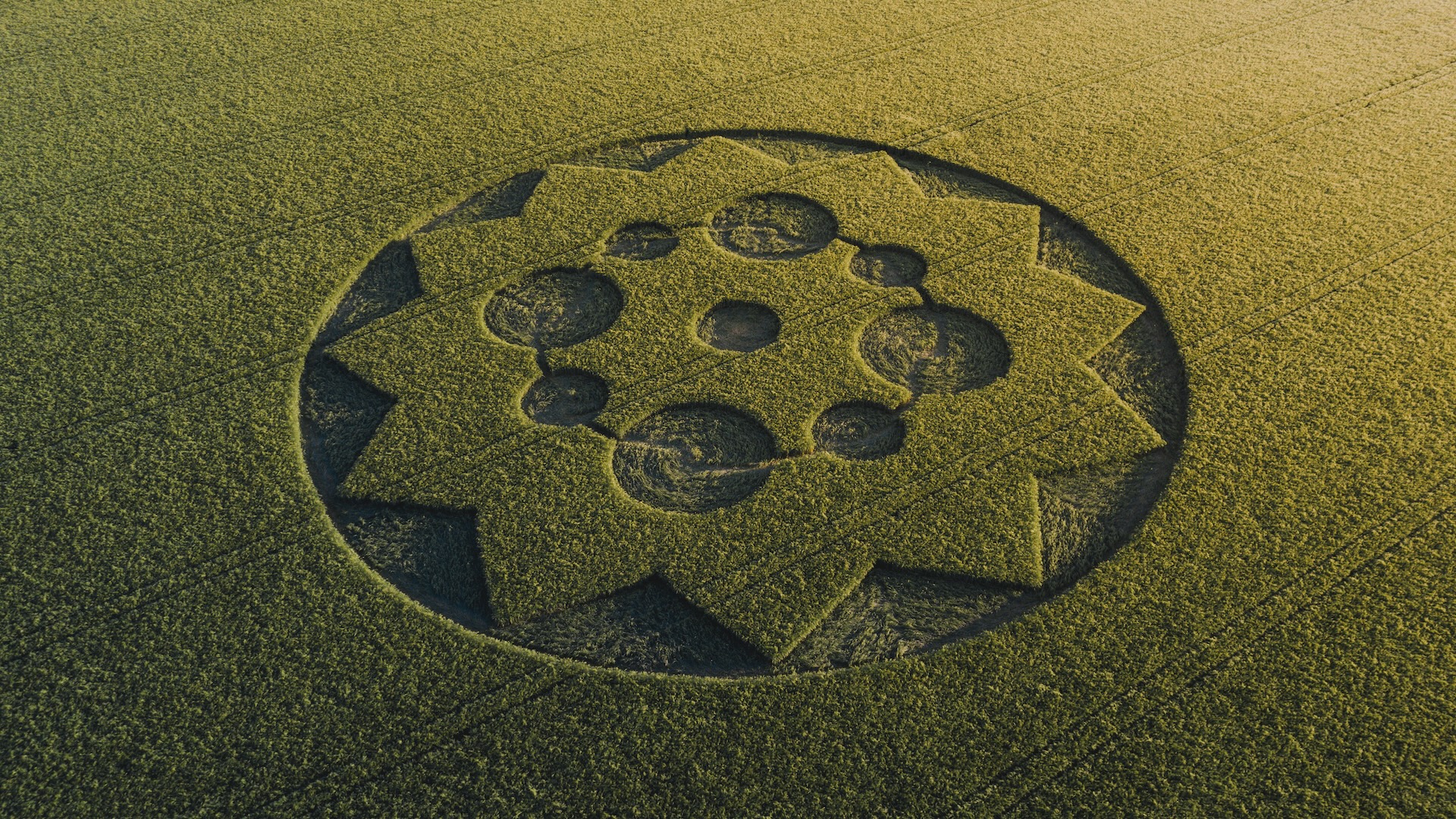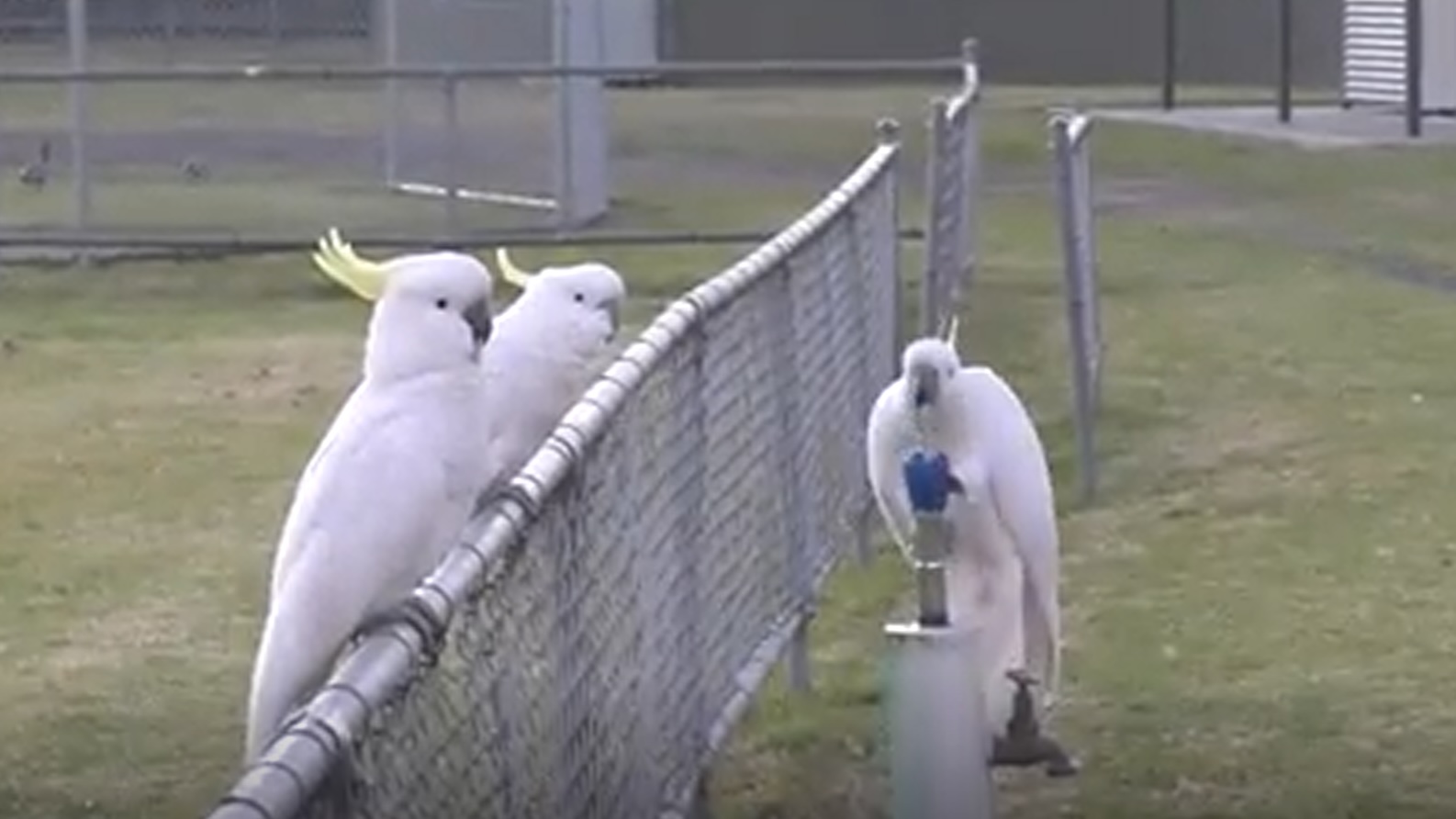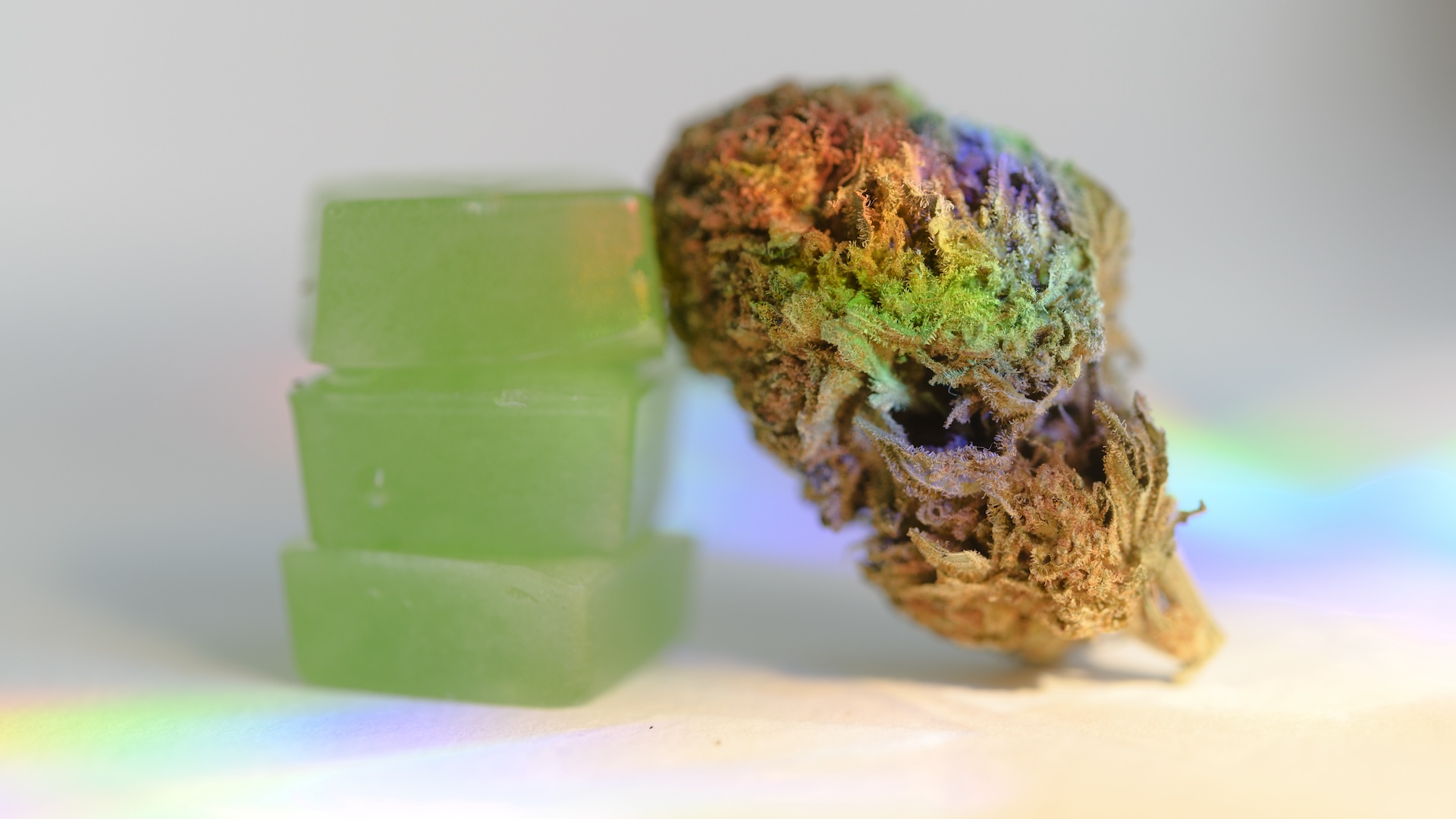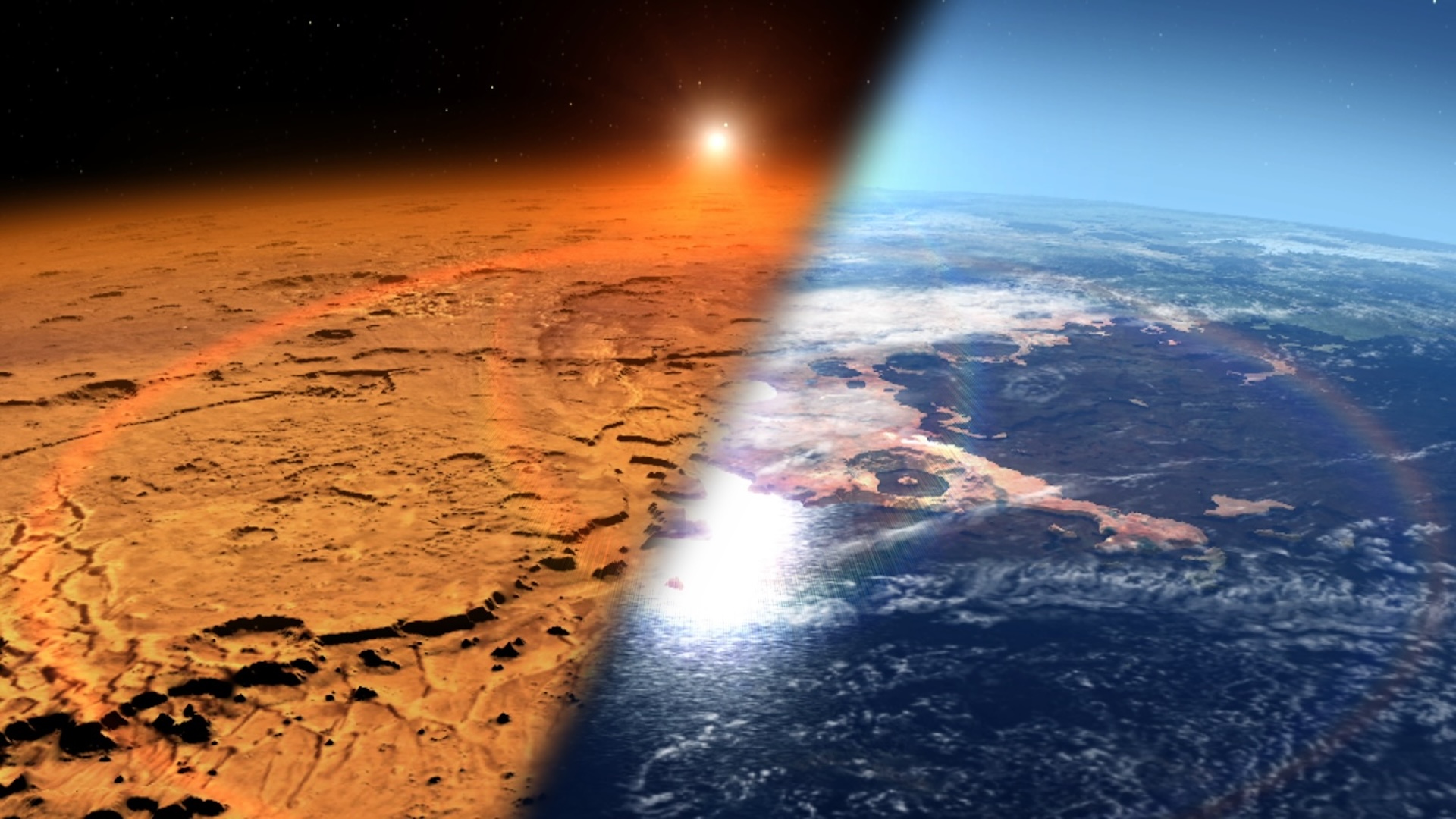Gold mining is literally sucking the Amazon rainforest dry, creating an environment where trees cannot grow, according to a new study.
Researchers found that suction mining not only degrades the soil, it also drains moisture and traps heat, creating extreme conditions where even seedlings cannot survive.
“It’s like trying to grow a tree in an oven,” study co-author Josh West, a professor of Earth sciences and environmental studies at the USC Dornsife College of Letters, Arts and Sciences, said in a statement.
Throughout the Amazon, gold mining accounts for nearly 10% of deforestation, and it’s increasing significantly. The amount of land in the Amazon used for mining gold has doubled since 2018 following a sharp increase in the price of the precious metal, according to the Amazon Mining Watch. In 2023, an estimated 5,000 square miles (13,000 square kilometers) was being mined for gold.
The impact on the landscape is devastating, with ground temperatures reaching 145 degrees Fahrenheit (60 degrees Celsius) and several meters of dry sand, natural regeneration of the land is nearly impossible, except in areas near water sources.
In a study published Monday (June 2) in the journal Communications Earth & Environment, researchers were looking to find out why trees fail to regrow on land that has been mined for gold.
Related: Tropical rainforests could get too hot for photosynthesis and die if climate crisis continues, scientists warn
The scientists studied two abandoned mining sites in the Madre de Dios region of southeastern Peru.
This mining practice used at the sites, run primarily by small-scale ventures, uses a dredge that requires large volumes of water to suction sediment and sand from river and stream beds in search of gold particles.
The effect of “water cannons,” as lead author Abra Atwood, a researcher at the Woodwell Climate Research Center, describes them, is that they wash away the clay- and nutrient-rich topsoil. The landscape is transformed into dry ponds, some as large as soccer fields, surrounded by mounds of sand up to 22 feet ( 7 meters) high.
The team used remote sensing methods; electrical resistivity analysis, a technique that measures how easily moisture moves through soil; soil property measurements; and thermal imaging cameras to assess the impact of mining on the land.
They discovered that mining waste acts like a sieve, allowing water to seep through much faster than in primary forest soils (nearly 50 feet (15 m) per day compared to just 0.2 feet (0.074 m) per day in the forest). This leaves the soil with less moisture and more heat, exacerbated by the lack of shade due to deforestation, making it virtually impossible for new roots to take hold. Replanted seedlings “simply die,” Atwood told Live Science.
However, areas near the edges of the dry ponds and in low-lying zones have higher soil moisture, lower temperatures, and therefore better natural regeneration.
To gauge the magnitude of this problem, the team found that between 1980 and 2017, small-scale mining destroyed more than 367 square miles (950 square km)) of rainforest in this territory — an area more than seven times the size of San Francisco — and operations continue to grow, putting biodiversity and Indigenous territories at risk. “The current landscape in the suction mining areas where we worked provides very little in terms of ecosystem services beyond gold mining. Habitat loss will also deeply impact long-term biodiversity,” Atwood said.
In response, the researchers propose specific recommendations for redesigning the landscape and improving water retention in the affected areas. The first step would be to fill the mining ponds to restore flat terrain. This would bring tree roots closer to groundwater, increase moisture retention, and stimulate plant regeneration. Then, the topsoil should be restored.
However, Atwood cautioned that these actions face significant financial, logistical, and even political challenges. Illegal gold mining impacts many Amazonian regions, including Peru, Brazil, Suriname and Guyana.
“Our message is to focus efforts on natural water sources to give reforestation initiatives the greatest chance of survival,” she noted. “To address a large-scale problem, you need a large-scale solution, even if the financial costs are high.”
“There’s only one Amazon rainforest,” West said in the statement. “It’s a living system unlike anything else on Earth. If we lose it, we lose something irreplaceable.”

